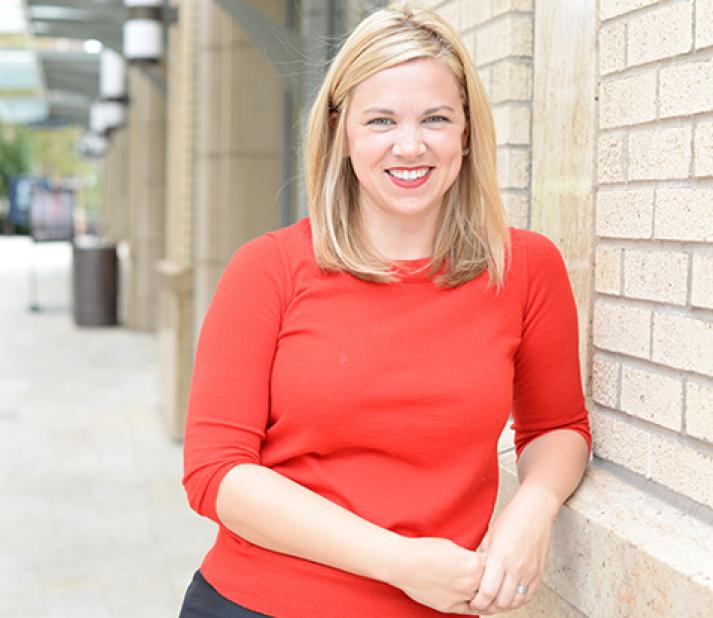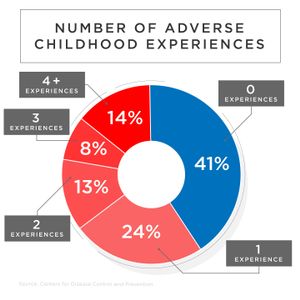RESEARCH STORIES
When Bad Things Happen
Tips for parents and educators on talking to kids about the unthinkable and inevitable events in life
Tips for parents and educators on talking to kids about the unthinkable and inevitable events in life
How might you convince your 8-year-old that it’s safe to return to school the day after a bomb scare? Or persuade a slightly older child that their risk of contracting Ebola is slim to none, despite what they’ve heard from peers at school?
Worse yet, how do you assuage a child’s fears in the wake of a horrific event like the Boston Marathon bombing — the kind of story that dominates local news and traumatizes not just children but entire communities?
“These can be complicated, tough conversations to have, but they’re essential,” says psychologist Richard Weissbourd, a senior lecturer at HGSE and HKS and co-director of the Making Caring Commonproject.
Our 24/7 news culture — in conjunction with easily accessible iPads, cell phones, and televisions — provides a window to events that both children and adults grapple to understand. And when bad things happen on the world’s stage, such as the attacks of September 11 or the Marathon bombing, Weissbourd says it is very natural and healthy for children to bring up questions at home or in the classroom.
“I think when events happen like the Marathon bombing, children, like the rest of us, need to wrap their minds around it,” says Weissbourd. “They’re seeing images and hearing stories that are hard to absorb.”
Decisions about what to say, and what not to say, should be guided by a child’s developmental age, says Weissbourd. Among his tips for parents and educators:
- It’s important to listen to children to begin to understand how they understand the trauma. “What you’re scared about, as an adult, may not be what they’re scared about … and this is likely to be different for children at different developmental ages.” In a classroom setting, Weissbourd says having a school therapist present can also prove helpful.
- Prepare to answer the “why” questions that will inevitably come. Weissbourd says children are inclined to ask, for example, “Why did these Marathon bombers do this?” They’re owed an explanation, he says, but the answer should be tailored to a child’s age. “It’s hard for a 4- or 7-year-old to understand terrorism, but an adolescent can have that conversation. For a 7-year-old, you might say, ‘There are bad people in the world, but there are lots of people who are protecting us from bad people.’” Weissbourd's message is further reinforced within parenting resources available on the Mr. Rogers website, including a quote from the late Fred Rogers: “When I was a boy and I would see scary things in the news, my mother would say to me, ‘Look for the helpers. You will always find people who are helping.’ To this day, especially in times of ‘disaster,’ I remember my mother's words and I am always comforted by realizing that there are still so many helpers — so many caring people in this world.”
- Protect your child from seeing traumatic visual images over and over again. “You don’t want your child to get re-triggered,” says Weissbourd, mentioning the extensive, recurrent footage after 9/11 of the airplanes hitting the World Trade Center in New York City. This goes for adults, too, who should also “protect themselves from being re-traumatized.”
- Develop a safety plan with your child, or for your classroom. Weissbourd uses the example of the Boston Marathon bombing and its potential impacts. “If a child is scared about being in crowds or being in downtown Boston, try to think about how a child might do these things and still be safe.” Among his suggestions: talk to the child about safety in groups, or provide a phone number to call should they need encouragement when facing a situation that may trigger fears.
- Self-soothing techniques can pay off in dividends. “If kids are feeling really stressed and worked up, deep breathing, getting exercise, listening to music and other strategies for calming down and managing anxiety can really help,” says Weissbourd.
- Modeling how you manage through tough times also helps to build resilience in children. “Your kids or your students will watch how you respond to scary events, and they take cues from you,” says Weissbourd, “So often events that are scary for kids are scary for adults, too. As parents and educators, we also have to take care of ourselves.”
What should you not say? Weissbourd says the guiding principle is to talk to kids in ways they understand, while being careful to not provide too much detail to a younger child.
“When children can understand why, when they can make a scary event coherent, they are better able to trust again,” says Weissbourd. “Spend some time thinking — and talk to other adults you trust — about how to talk to your child in a way that will help them understand and make sense of events that may otherwise feel unpredictable and overwhelming.”
Additional Resources
- NASP Trauma Resources
- American Academy of Pediatrics: Talking to Children about Disasters
- Mr. Rogers: Advice on Dealing with Tragic Events
- American Psychological Association: Building resilience to manage indirect exposure to terror, Recovering emotionally from a disaster, Helping your children manage distress in the aftermath of a shooting
Additional Reading by Richard Weissbourd
- The Parents We Mean To Be
- The Vulnerable Child: What Really Hurts America’s Children and What We Can Do About It
***
Get Usable Knowledge — Delivered
Our free monthly newsletter sends you tips, tools, and ideas from research and practice leaders at the Harvard Graduate School of Education. Sign up now.
Our free monthly newsletter sends you tips, tools, and ideas from research and practice leaders at the Harvard Graduate School of Education. Sign up now.



